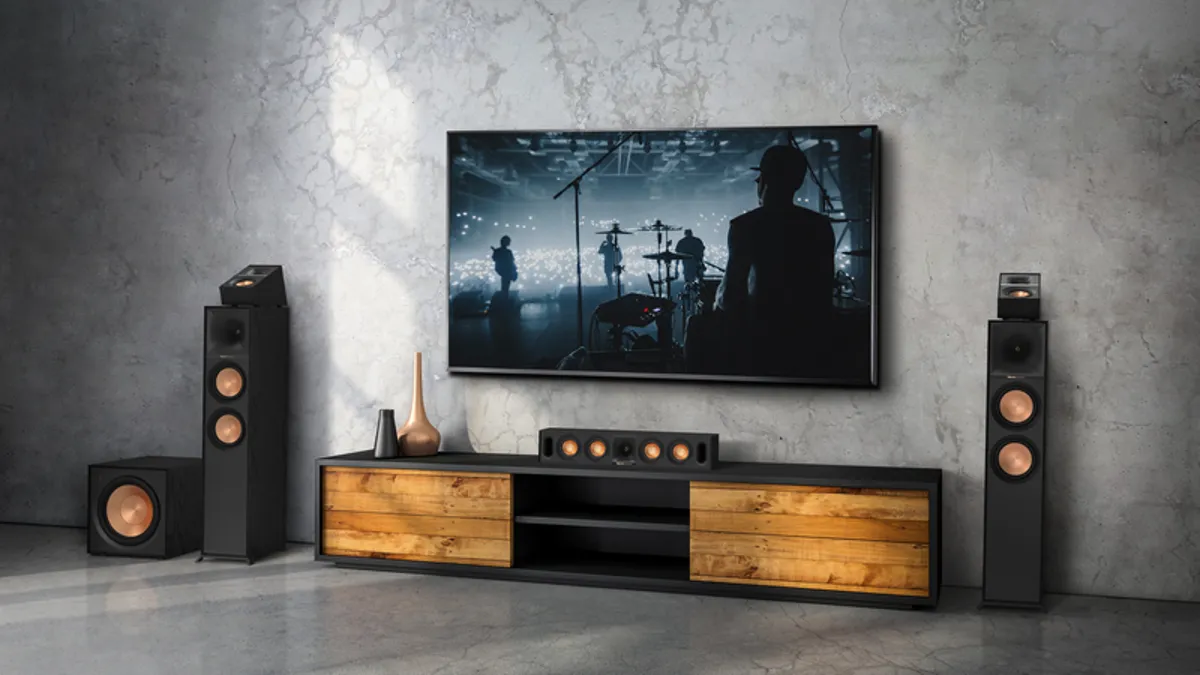If choosing TV audio gear feels like deciding between a drive-thru burger and a sit-down steak, you’re not wrong. A soundbar is fast, tidy, and surprisingly satisfying. An AV receiver with speakers takes more prep but can be a full-blown feast. The question I hear constantly— is a soundbar good enough—doesn’t have a one-size answer, but we can get you to the right one for your room and your patience level.
Picture this: you’ve just mounted the TV, streaming apps are signed in, and you’d rather not learn a new menu system just to watch a movie. That’s soundbar territory. One cable (eARC) to the TV, a power cord, a small subwoofer you can tuck by the console, and boom—dialog no longer sounds like it was recorded in a broom closet. For small to mid-sized rooms, a decent bar will spread sound wider than your TV’s tiny speakers and make sports, sitcoms, and everyday YouTube feel alive. Some models even toss effects over your head with up-firing drivers, giving a flirtation of Atmos without adding speakers behind you.
But if you’ve ever sat in a theater and felt a helicopter travel from the back of the room to the front, you know what physical surround speakers do that “virtual” can’t. An AV receiver with a 5.1 or 7.1 speaker layout puts actual sound sources around you. That creates depth, placement, and a level of immersion soundbars struggle to mimic. There’s a practical perk, too: a dedicated center speaker locks voices to the screen, so dialog cuts through action scenes without cranking volume.
Room size matters more than most people think. In an open-plan living room with high ceilings, soundbars can get swallowed by all that air. Proper bookshelf or tower speakers move more air, which translates to clearer, more effortless sound at normal volumes. Conversely, in a compact apartment—especially with shared walls—a well-tuned soundbar can be the sweet spot. You’ll keep bass polite and still hear every word.
Gamers should peek at the spec sheets before buying. Newer AV receivers often have multiple HDMI 2.1 inputs, so you can plug in a PS5, Xbox Series X, and a streaming box, then switch sources using the receiver. Some soundbars ride on the TV’s eARC connection, which can work great, but you’ll rely on your TV to pass through advanced gaming features. If your TV doesn’t fully support them, the soundbar can’t add what isn’t there.
Cost is another fork in the road. A mid-tier soundbar gets you 80% of the way to joy without rearranging furniture or learning speaker placement. A starter receiver plus a compact 5.1 speaker kit costs more and takes an evening to set up, but the payoff is the jump from “pretty good” to “wow, that felt like the theater.” If you go the receiver route, you can upgrade piece by piece—better sub later, a stronger center channel next year—so your system grows with you.
So, is a soundbar enough? If you want plug-and-play, minimal wires, and an instant bump in clarity, absolutely. If you crave that wraparound, room-filling experience—where whispers are locked center and effects travel convincingly—an AVR with speakers is where the magic happens. Think of the soundbar as the best fast casual meal you’ve had in months. Think of the receiver as learning to cook your favorite dish at home…and never wanting to go back.



































